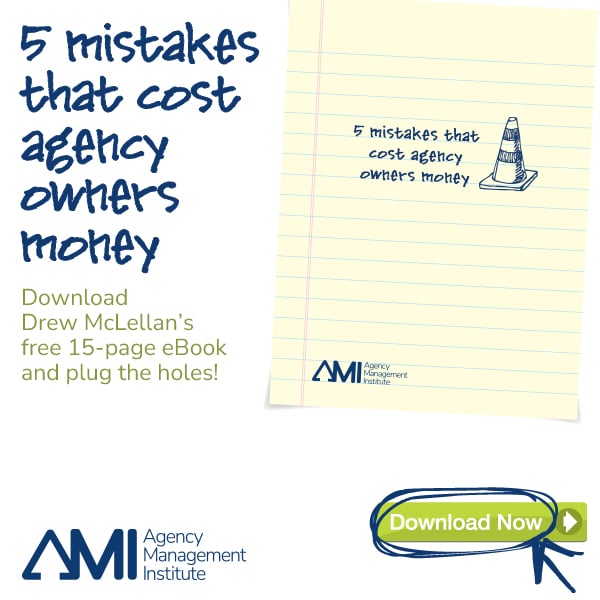In 2016, student loan reimbursements were called the trailblazing benefit of 2017. With several young employees in my business, I’ve seen just how heavily these debts weigh on college graduates and even those in their 30s and 40s who continue to pay down massive sums. By packaging loan reimbursement as an employee benefit, companies can offer an eye-catching incentive and stand out to rising talent.
Why Everyone Wants To Be Reimbursed
The prevalence of U.S. student loan debt is no secret. In total, Americans owe $1.45 trillion in student loans. With about 44 million borrowers, that’s about $33,000 for the average graduate, with each graduating class going deeper in the hole than the last one. According to CNBC, carrying this much debt is taking a personal toll on young Americans. Half of them report that finance worries negatively affect their health.
College debt is so common that it has broken the conversational taboo of personal finance. As a man in my 50s, it never would have occurred to me to talk about a debt I owed, but younger generations don’t see a problem. They talk about it in person, on social media and everywhere else young people congregate. When everyone is dealing with it, why keep it a secret?
According to an article from last year, only about 4% of U.S. companies currently offer loan reimbursement programs. By repackaging bonus programs into reimbursement benefits, companies can address a millennial pain point in a way few of their competitors do.
How To Build A Mutually Beneficial Reimbursement Program
Follow these four steps to build a student loan reimbursement program that attracts better prospects without breaking the bank.
1. Make reimbursement a bonus.
Student loan reimbursement programs are secretly bonus programs with one specific use. Although employees can’t take reimbursement funds as tax-free offerings, branding these bonuses as student loan money allows employers to address common talent concerns and stand out from the crowd.
Create incentive programs for employees to earn reimbursement payouts. For example, if an employee completes an extra project — like onboarding new software and training staff — provide a few thousand dollars in loan money for the trouble. Employees will go out of their way to earn the extra cash, helping them pay down debt while improving the company in the process.
Don’t forget your tenured employees, either. Offer loan payment bonuses for positive annual reviews and longevity, increasing the amounts the longer the employee stays at the company.
2. Encourage employees to brag.
Market the program so employees want to brag about the benefit. Not only will this attract new talent, but it will also encourage employees to talk about the great work environment with one another, thereby increasing retention.
Publicize ways to earn reimbursement funds around the office through visual media. Send emails to remind employees to complete reimbursement-eligible projects before annual deadlines. Work with marketing and human resources to get more people engaged with the program.
3. Highlight the program to prospective talent.
Agencies can’t pay as well as corporations, but unusual perks like loan reimbursement help them stand out to prospective hires. Talk to pools of potential candidates about the rising costs of higher education and highlight reimbursement programs as a potential remedy.
Don’t hide this benefit at the bottom of a long list and force candidates to discover it for themselves. Create recruitment collateral aimed at young workers with student loan reimbursement as the star of the pitch. Recent grads will see these bonuses as an opportunity to double dip, earning more money that would otherwise go toward loans anyway.
4. Celebrate as a team.
Everyone talks about debt, which means everyone can appreciate when a fellow debtor manages to escape the system.
That’s why one agency I know confidentially collects the student loan balances of all employees and then makes reducing the sum of the loans a team goal. Not only do team members improve their own situations, but they also get to celebrate their financial accomplishments as a group without having to divulge specific details, which could be too personal for some.
Implement this program or another incentive to encourage employees to pay down debt aggressively. The combination of shared success and reimbursement bonuses will encourage employees to strive for loan payoffs, boosting team unity and cementing the program as a success.
Student loans aren’t going away anytime soon, but by following these steps, companies can limit the negative effects of debt on their employees and score some talented new recruits in the process. Start offering a reimbursement program and join the 4% of companies already standing out from the pack.
This article originally appeared on Forbes.






